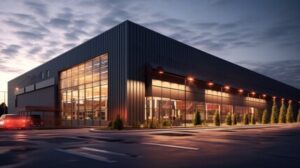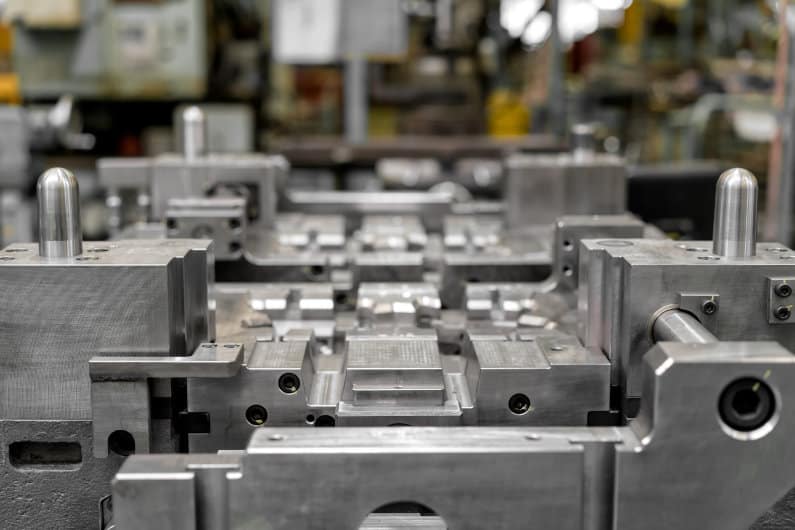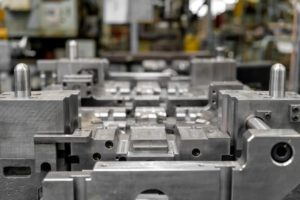Professional roofing services for lasting protection ensure that a property remains safe and secure from the elements year-round. A well-maintained roof plays a crucial role in protecting the structure of a building, preventing water damage, improving energy efficiency, and enhancing overall comfort.
Roofing is one of the most significant investments in any property, as it not only provides shelter but also adds to the aesthetic and functional value of the building. For any concerns, contact Roof Repair Las Vegas for professional help.
Professional roofing services encompass a range of tasks, from installation and repairs to maintenance and inspections, all designed to extend the lifespan of a roof and prevent costly damage in the future. Experienced roofing professionals understand the complexities of different roofing systems and materials, allowing them to deliver tailored solutions that meet the unique needs of each property.
The process of professional roofing begins with a thorough assessment of the existing roof condition. A detailed inspection helps identify issues such as leaks, damaged shingles, poor insulation, and structural weaknesses. Professional roofers use advanced tools and techniques to evaluate the extent of the damage and recommend the best course of action. This initial inspection is crucial because undetected issues can lead to more severe problems over time, including mold growth, wood rot, and compromised structural integrity. Early detection allows for timely repairs and minimizes the risk of extensive damage, reducing overall maintenance costs and preserving the value of the property.
Installation of a new roof requires careful planning and precise execution. Professional roofing services begin with selecting the appropriate materials based on the building’s design, climate conditions, and budget. Roofing materials vary in terms of durability, insulation properties, and aesthetic appeal. Options include asphalt shingles, metal panels, clay tiles, and synthetic materials, each offering unique advantages and challenges. Professional roofers are knowledgeable about the characteristics of each material and can advise on the best choice for long-term performance and protection. Proper installation techniques are critical to ensuring that the roof is watertight, structurally sound, and resistant to environmental stressors such as wind, rain, and temperature fluctuations.
Maintenance is a key component of professional roofing services. Regular inspections and maintenance help prevent minor issues from escalating into major problems. Professional roofers clean debris from gutters, check for loose or missing shingles, inspect flashing around vents and chimneys, and assess the condition of the roof membrane. These maintenance activities help preserve the integrity of the roof and extend its lifespan. Neglecting routine maintenance can lead to water infiltration, structural damage, and increased energy costs due to poor insulation and ventilation. Professional roofing services provide property owners with peace of mind, knowing that their roof is being properly cared for and monitored.
Repairs are another critical aspect of professional roofing services. Over time, exposure to harsh weather conditions, UV rays, and natural wear and tear can cause damage to roofing materials. Professional roofers have the skills and equipment to repair damaged areas quickly and effectively, preventing further deterioration. Common repairs include replacing damaged shingles, sealing leaks, reinforcing flashing, and fixing sagging areas. Professional roofers also address underlying issues, such as poor ventilation and inadequate drainage, to prevent recurring problems. Prompt and effective repairs help maintain the structural integrity of the roof and protect the interior of the building from water damage and environmental hazards.
Professional roofing services also include emergency response for sudden damage caused by storms, fallen trees, or other unexpected events. Emergency repairs require quick action to prevent further damage and protect the property from exposure to the elements. Professional roofers are trained to assess damage, secure the affected areas, and implement temporary solutions until permanent repairs can be completed. This immediate response minimizes the risk of secondary damage, such as mold growth, water infiltration, and structural weakening. Emergency roofing services provide property owners with the reassurance that help is available when it is needed most.
Roof replacement is sometimes necessary when a roof has reached the end of its lifespan or has sustained extensive damage. Professional roofers assess the overall condition of the roof and recommend whether repairs or replacement are the most cost-effective solution. Roof replacement involves removing the old roofing material, repairing or reinforcing the underlying structure, and installing the new roofing system. Professional roofers ensure that the replacement process is carried out efficiently and with minimal disruption to the property owner. A new roof enhances the value of the property, improves energy efficiency, and provides reliable protection for years to come.
Energy efficiency is a growing concern for property owners, and professional roofing services play a significant role in improving a building’s thermal performance. Proper insulation and ventilation reduce heat loss in the winter and heat gain in the summer, leading to lower energy costs and increased comfort. Professional roofers install high-performance underlayment, reflective coatings, and ventilation systems to optimize energy efficiency. They also seal gaps and cracks to prevent drafts and moisture infiltration. An energy-efficient roof not only reduces utility expenses but also contributes to a more sustainable and environmentally friendly building.
Roofing warranties and guarantees provide additional value and protection for property owners. Professional roofing companies often offer warranties on both materials and workmanship, ensuring that the roof is covered in the event of defects or installation errors. These warranties provide peace of mind and financial protection, as they cover the cost of repairs or replacement if problems arise within the warranty period. Professional roofers adhere to industry standards and manufacturer guidelines to ensure that the warranty remains valid. Understanding the terms and coverage of a roofing warranty is essential for maximizing its benefits and ensuring long-term protection.
Aesthetic appeal is another important consideration in roofing. Professional roofing services help property owners select roofing materials and designs that complement the architectural style of the building. Color, texture, and pattern choices contribute to the overall look of the property and can enhance its curb appeal. Professional roofers understand how to balance functional performance with visual appeal, creating a roof that not only protects but also enhances the property’s appearance. A well-designed roof adds character and value to a building, making it more attractive to potential buyers and increasing its marketability.
Environmental factors such as climate, weather patterns, and local building codes influence the choice of roofing materials and installation methods. Professional roofers are knowledgeable about these factors and ensure that the roofing system meets all relevant regulations and performance requirements. They use weather-resistant materials and techniques to protect against heavy rainfall, strong winds, and temperature extremes. Proper drainage and waterproofing are critical in preventing water damage and mold growth. Professional roofers also recommend solutions such as impact-resistant shingles and reinforced underlayment for enhanced protection against storms and environmental hazards.
Safety is a top priority in professional roofing services. Roofing work involves working at heights, handling heavy materials, and using specialized equipment. Professional roofers are trained in safety protocols and use protective gear to prevent accidents and injuries. They secure the work area, use harnesses and scaffolding, and follow industry best practices to minimize risks. Proper training and adherence to safety standards ensure that roofing projects are completed without incident, protecting both the workers and the property.
Professional roofing services provide property owners with long-term protection and peace of mind. From installation and maintenance to repairs and replacement, professional roofers deliver high-quality solutions tailored to the specific needs of each property. Their expertise in materials, techniques, and industry standards ensures that the roof remains durable, energy-efficient, and visually appealing. Investing in professional roofing services is a proactive approach to protecting a property from the elements, enhancing its value, and ensuring that it remains a safe and comfortable space for years to come.






